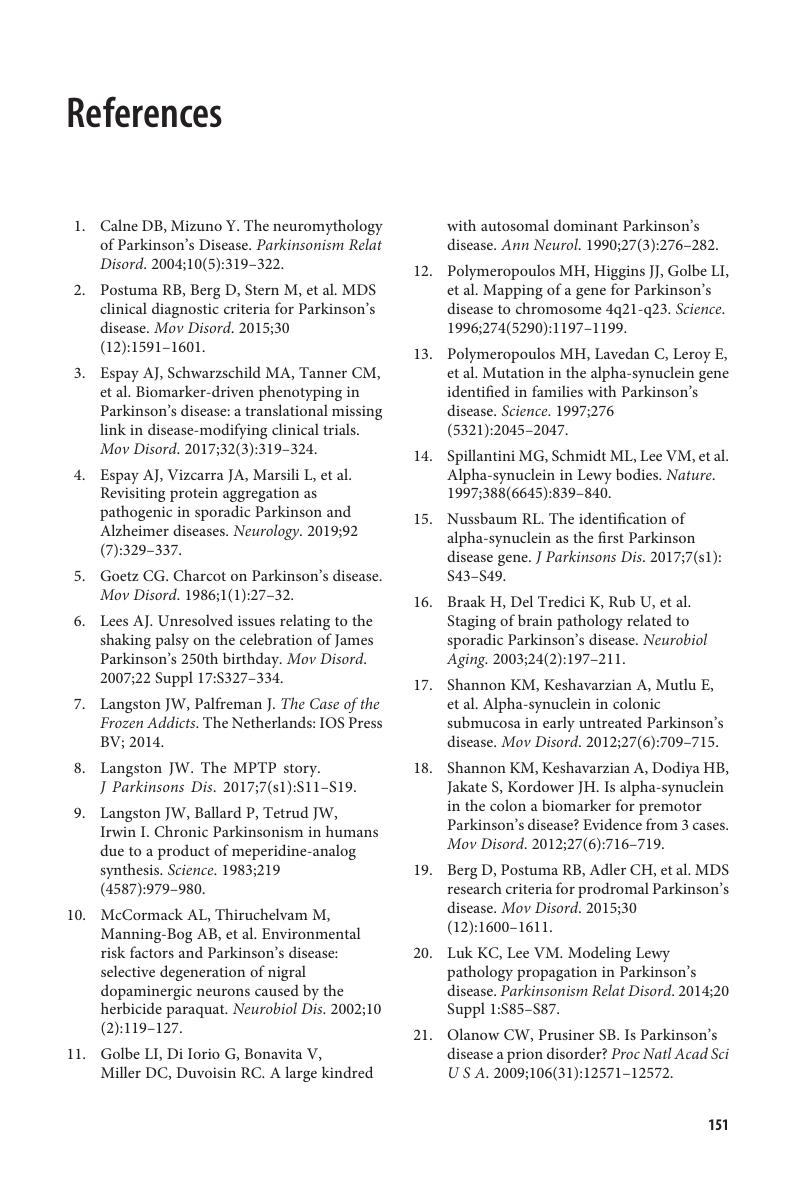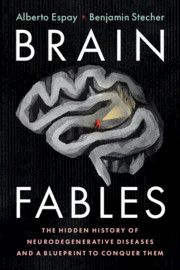Book contents
- Brain Fables
- Brain Fables
- Copyright page
- Dedication
- Contents
- Preface 1 – The Question
- Preface 2 – Enter Patient
- Acknowledgements
- Special Thanks from Benjamin Stecher
- Chapter 1 The Shaky Six and the “Second Reality”
- Chapter 2 Pieces of a Puzzle?
- Chapter 3 Disease “Redefinition”: A Tough Pill to Swallow
- Chapter 4 Disease Subtypes: The Promise and the Fallacy
- Chapter 5 Protein Paradox
- Chapter 6 The Fault in Our Models
- Chapter 7 Biomarkers: The Promise and the Fallacy
- Chapter 8 Lessons from Oncology
- Chapter 9 Symptomatic vs. Disease-Modifying Therapies
- Chapter 10 The Hypothesis That Refuses to Die
- Chapter 11 Our Living Dissonance
- Chapter 12 The Scientific and Lay Narratives
- Chapter 13 Challenges Viewed from Afar
- Chapter 14 The Moonshot: Population-Based Studies of Aging
- Chapter 15 Predictions for the 2020s and Beyond
- Epilogue
- Note Added at Press Time – Reviving LOF
- References
- Index
- References
References
Published online by Cambridge University Press: 29 June 2020
- Brain Fables
- Brain Fables
- Copyright page
- Dedication
- Contents
- Preface 1 – The Question
- Preface 2 – Enter Patient
- Acknowledgements
- Special Thanks from Benjamin Stecher
- Chapter 1 The Shaky Six and the “Second Reality”
- Chapter 2 Pieces of a Puzzle?
- Chapter 3 Disease “Redefinition”: A Tough Pill to Swallow
- Chapter 4 Disease Subtypes: The Promise and the Fallacy
- Chapter 5 Protein Paradox
- Chapter 6 The Fault in Our Models
- Chapter 7 Biomarkers: The Promise and the Fallacy
- Chapter 8 Lessons from Oncology
- Chapter 9 Symptomatic vs. Disease-Modifying Therapies
- Chapter 10 The Hypothesis That Refuses to Die
- Chapter 11 Our Living Dissonance
- Chapter 12 The Scientific and Lay Narratives
- Chapter 13 Challenges Viewed from Afar
- Chapter 14 The Moonshot: Population-Based Studies of Aging
- Chapter 15 Predictions for the 2020s and Beyond
- Epilogue
- Note Added at Press Time – Reviving LOF
- References
- Index
- References
Summary

- Type
- Chapter
- Information
- Brain FablesThe Hidden History of Neurodegenerative Diseases and a Blueprint to Conquer Them, pp. 151 - 159Publisher: Cambridge University PressPrint publication year: 2020



